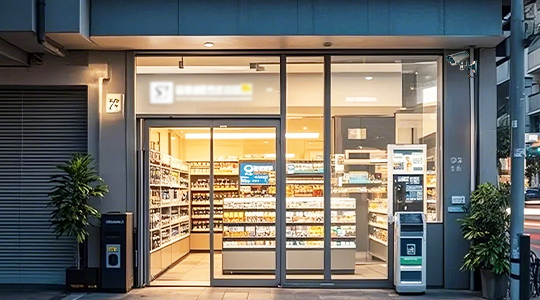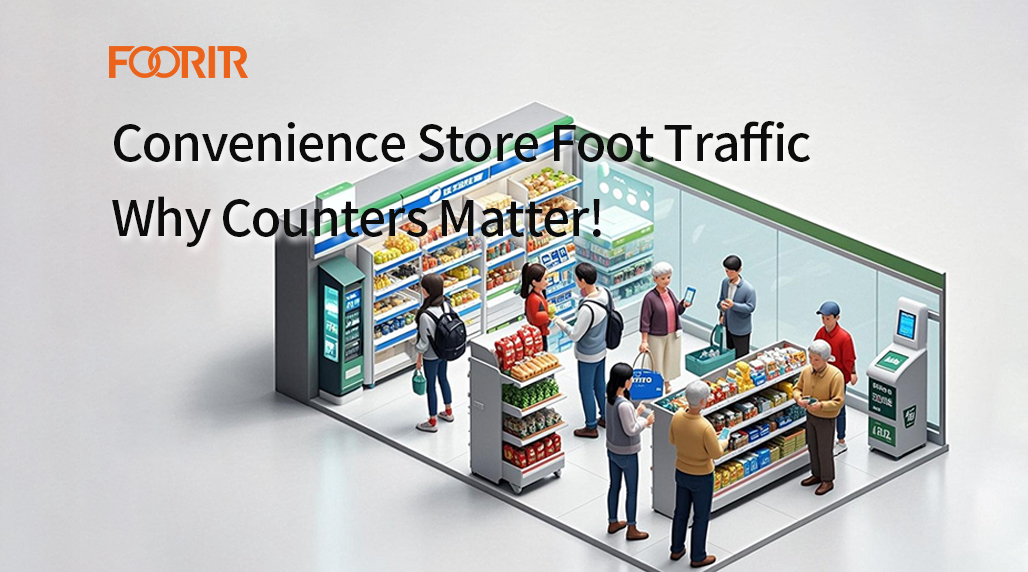Okay, here’s my blog post about setting up people counters for my buddy’s convenience store:
So, my friend Mark, he’s got this convenience store, right? Been doing okay, but he wanted to figure out how to get more people in the door. He was like, “Dude, I need to know when it’s busy, when it’s dead, you know?” And I’m all, “Yeah, man, data is king!” So, I helped him set up some foot traffic counters. Here’s how it went down:
The Hunt for the Right Counter
First, we had to find the things. I jumped online, started Googling. There are, like, a million options. We considered:
- Basic Infrared Beams: These are the old-school ones. A beam shoots across the doorway, and when someone breaks it, ding, it counts one. Cheap, simple, but…not super accurate if people walk in side-by-side.
- Thermal Sensors: These pick up body heat. A little more advanced, supposedly better at telling the difference between one person and, like, a shopping cart.
- Video Counters: These are the fancy ones. Cameras and software that actually see people and count them. Supposed to be the most accurate, but also the priciest.
Mark’s on a budget, so we initially thought about those simple infrared beams. The cheapest, the most direct, but also easily fooled and not very accurate.
Making a decision
After much deliberation, we decided to try out a video counter system. My reasoning: It will pay for itself, since the data will be so much richer. Mark grudgingly agreed, seeing as he was on the hook for the bill. So, I ordered the whole kit and caboodle online.
The Installation Hustle
The kit arrived. Box full of stuff: cameras, cables, a little computer thingy, and a ton of instructions. I’m not gonna lie, it looked intimidating. But hey, I’m pretty handy.
First thing, mounting the cameras. We needed a good view of the entrance, but also had to keep them out of the way so nobody would mess with them. Found a spot above the door, got out the drill, and put those suckers up. Took a little finagling to get the angles right.

Next, the wiring. This was the tedious part. Running cables through the ceiling, making sure everything was connected properly. Thank goodness for zip ties, I tell ya. Kept everything nice and neat.
Finally, the software setup. This was the part I was most worried about. Turns out, it wasn’t too bad. The software had a setup wizard, walked you through everything step-by-step. Got it connected to the cameras, calibrated it (basically, told it where the “door” was in the video feed), and boom! We were in business.
Showtime! (And Some Tweaks)
We let it run for a day. Came back, checked the data. It was…mostly working. It counted most people, but sometimes missed a few, especially when it got crowded. Turns out, we had to tweak the sensitivity settings a bit. Played around with those for a while until it seemed to be catching pretty much everyone.
Data! Glorious Data!
Now, Mark’s got the goods. He can see exactly when the store is busiest, when it’s slowest. He can use that info to:
- Staff appropriately: No more having too many people twiddling their thumbs during slow times, or being understaffed during the rush.
- Run targeted promotions: “Hey, it’s slow on Tuesday afternoons? Let’s do a special!”
- Optimize store layout: Maybe people are always congregating in one area. Time to move some stuff around?

It’s still early days, but Mark’s already seeing the benefits. He’s like a kid with a new toy, checking the traffic reports every day. He’s thinking of adding more counters to track movement inside the store. That’s a project for another day, though. My back still hurts from crawling around in his ceiling!
